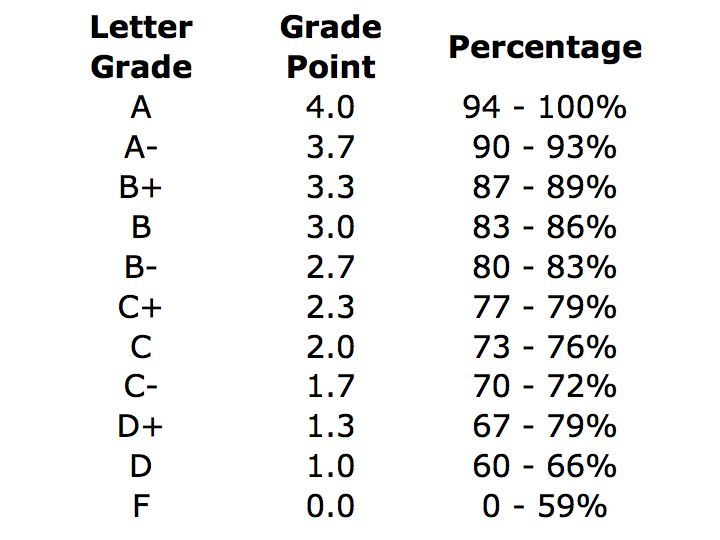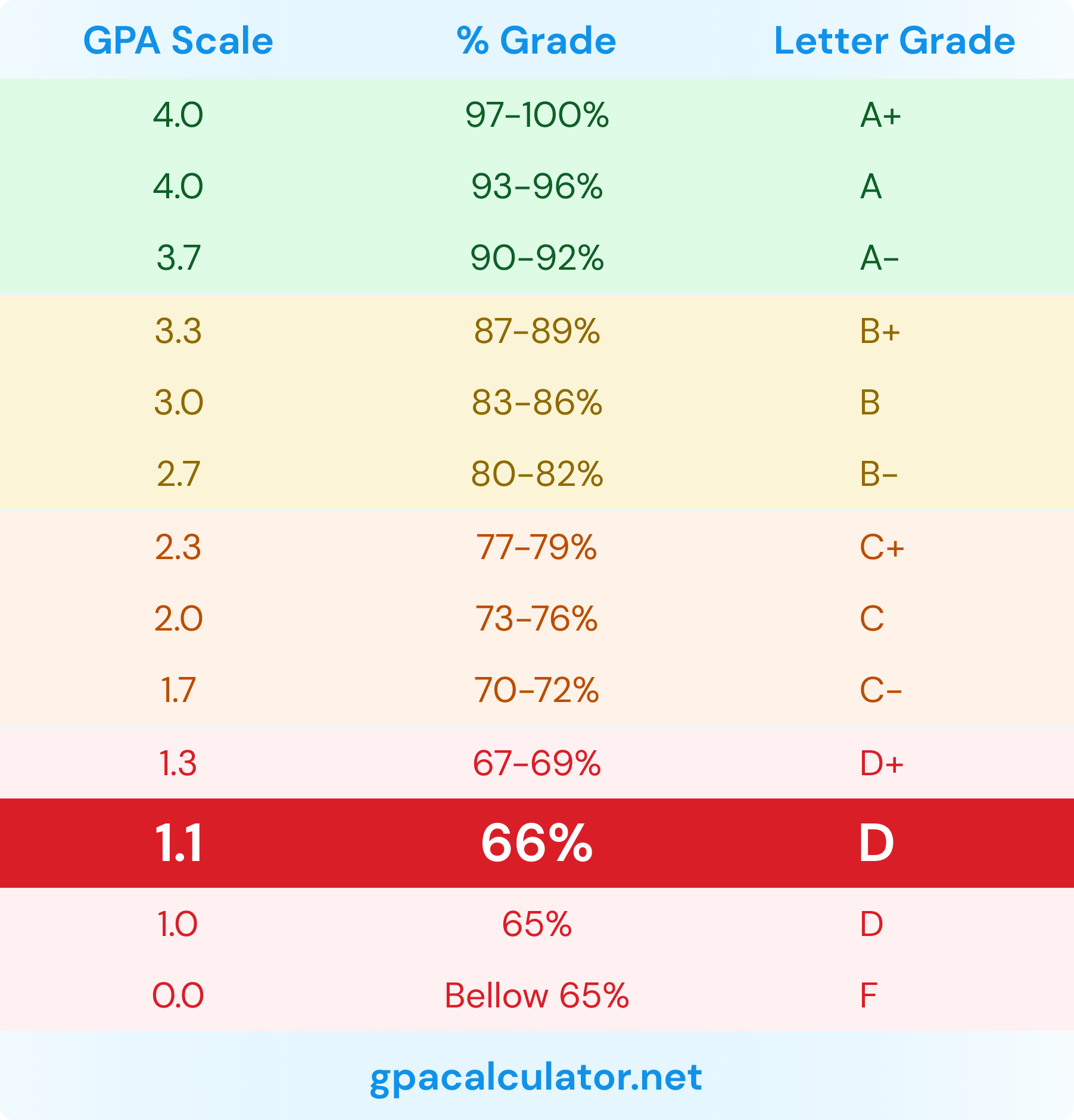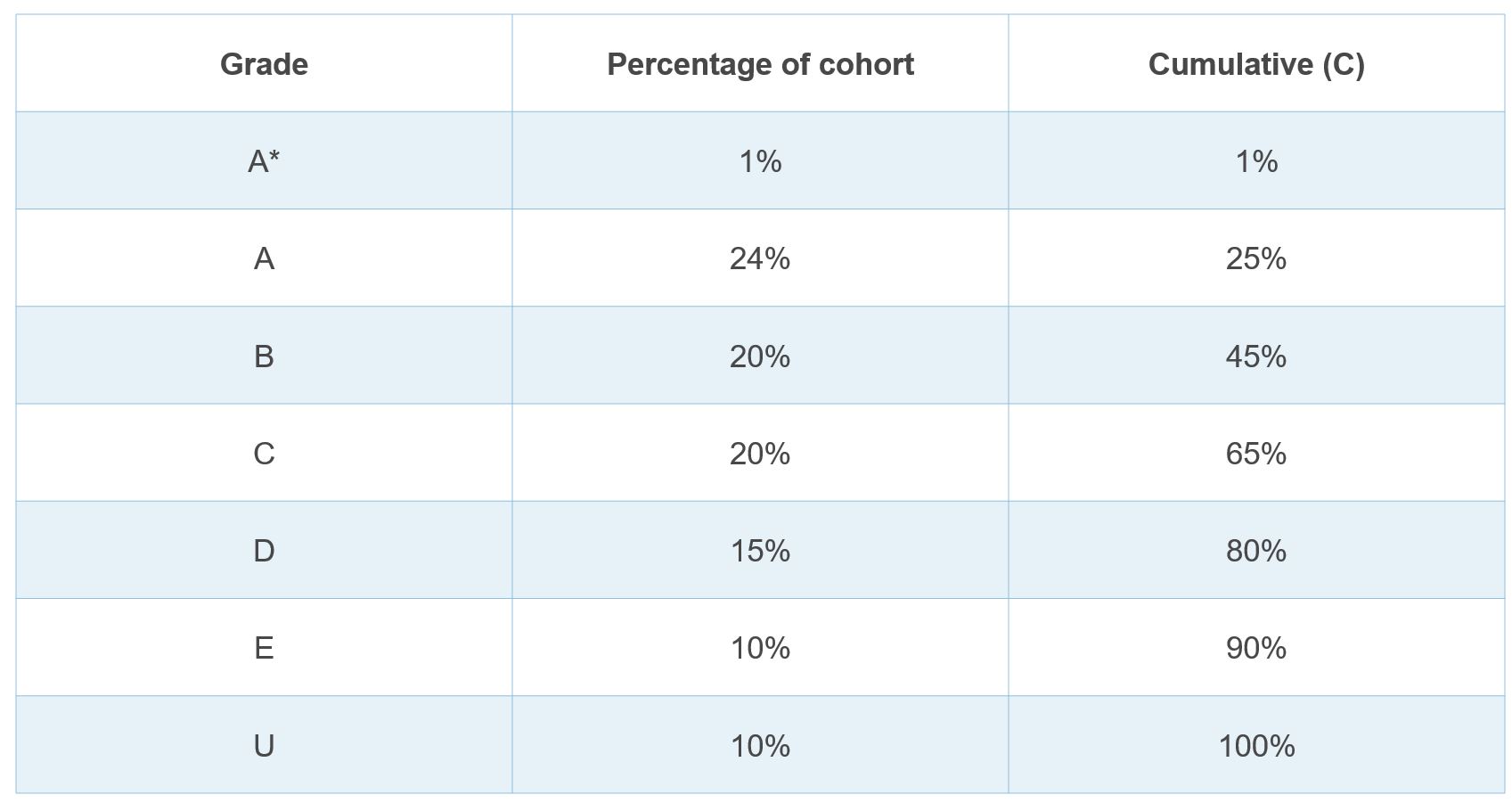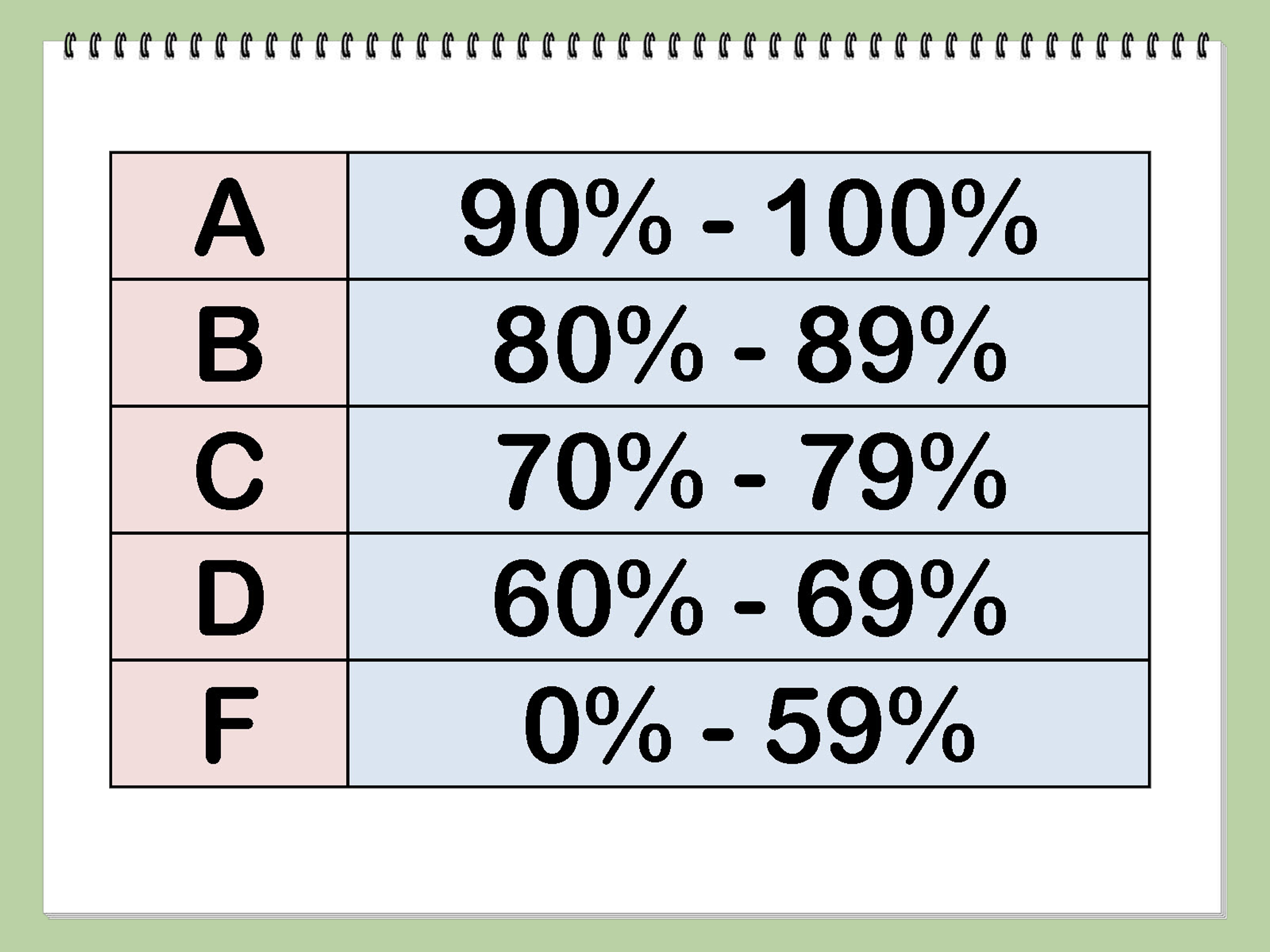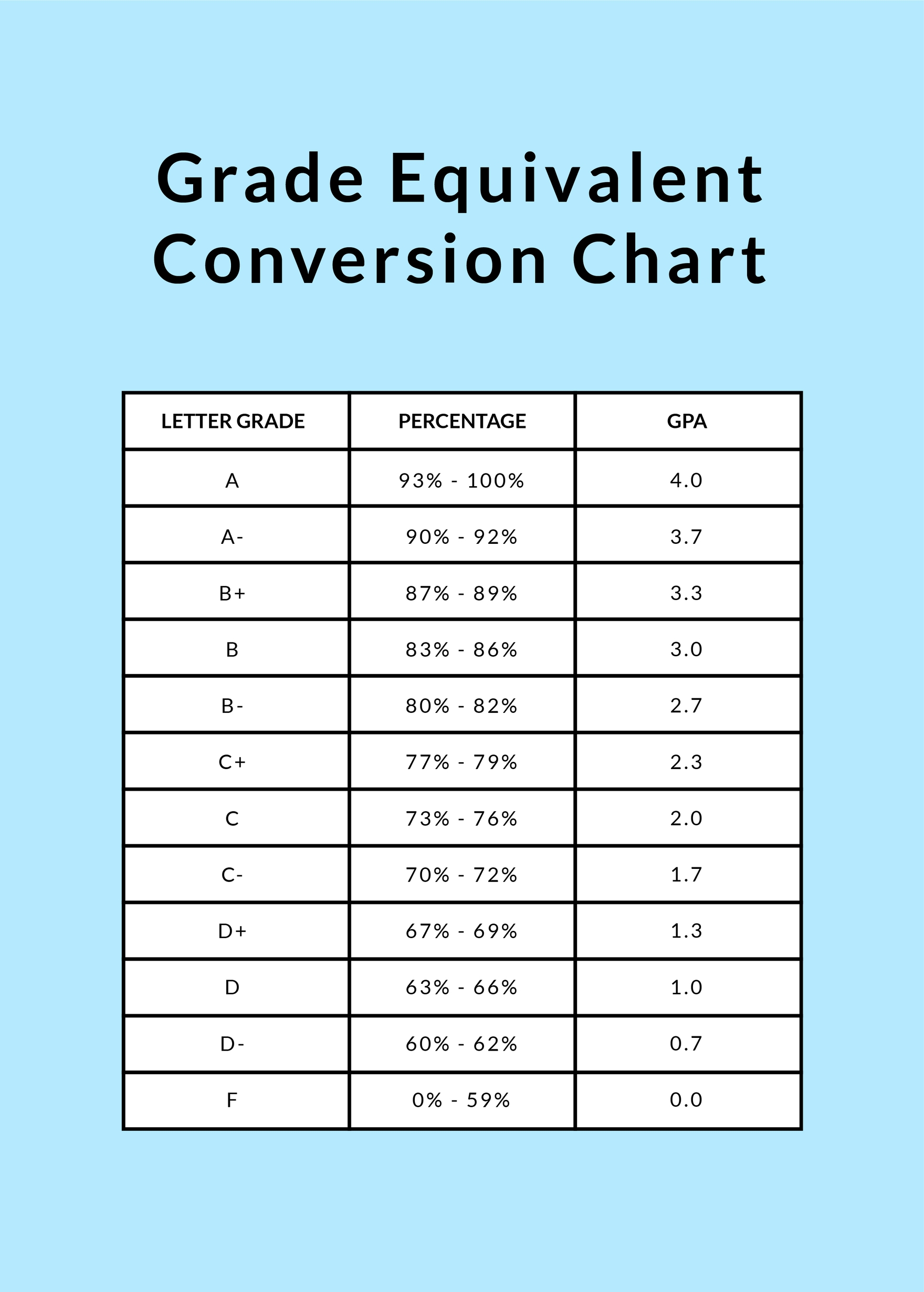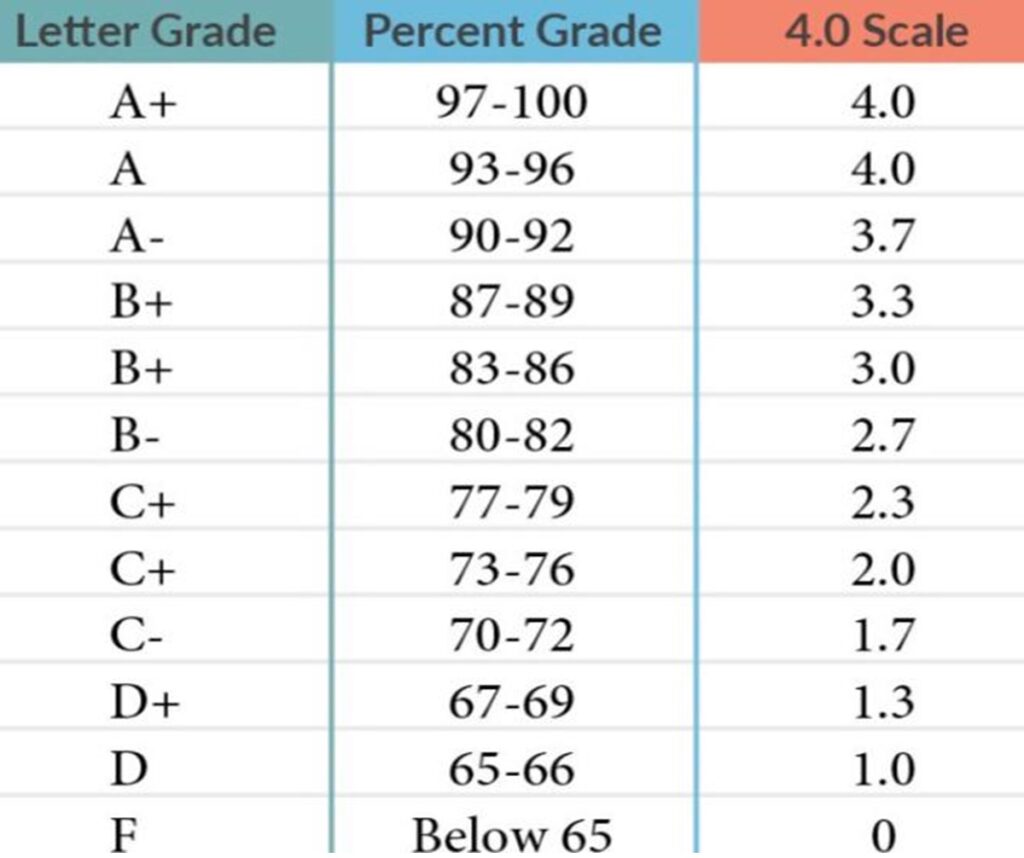11 Out Of 15 Percentage Grade

The aroma of freshly brewed coffee mingled with the excited chatter of parents, their faces illuminated by the soft glow of laptop screens. A palpable sense of anticipation filled the community center, a space usually echoing with children's laughter now transformed into a hub of eager learning. Tonight, the focus wasn't on playtime, but on something equally vital: understanding the implications of a number that had sparked both curiosity and concern: 11 out of 15.
This isn't just about test scores; it's about understanding how a specific metric, representing a 73.33% average grade, is being used to evaluate something much larger and more complex: the effectiveness of the new after-school literacy program across fifteen participating schools.
The Genesis of the Literacy Program
The seeds of this literacy program were sown during a particularly challenging year for the district. Standardized test scores in reading comprehension had dipped alarmingly, raising concerns among parents, teachers, and administrators alike.
Dr. Anya Sharma, the district's Superintendent of Schools, remembers the urgency vividly. "We knew we had to act decisively," she explains. "Literacy is the bedrock of all learning, and we couldn't afford to let our students fall behind."
The program, officially named "Project Read," was designed with several key goals in mind. These included improving reading fluency, enhancing comprehension skills, and fostering a love of reading among elementary school students.
The initiative rolled out across fifteen schools, each implementing the program with slight variations to accommodate the specific needs of their student population. The success was closely tracked and, eventually, the percentage grade of 11 out of 15 emerged.
Deciphering the Numbers: What Does 11/15 Really Mean?
The 11 out of 15, or 73.33%, represents the proportion of schools that have demonstrated significant improvement in literacy scores as a direct result of participating in Project Read.
It's a snapshot of progress, a data point that invites deeper investigation, and prompts key questions. For example, what defines 'significant improvement' and what factors influenced the outcomes in the four schools that didn't meet this threshold?
"It’s crucial to remember that numbers tell a story, but they don’t tell the whole story," cautions Mr. David Chen, the program's lead evaluator. He is a seasoned educational researcher, who adds a valuable perspective to this process.
He emphasizes the importance of qualitative data, the teacher observations, the student testimonials, and the parent feedback that provide a richer, more nuanced understanding of the program's impact.
Beyond the Percentage: Exploring the Success Stories
While the 11 out of 15 provides a quantitative overview, the true measure of Project Read's success lies in the individual stories of students who have benefited from the program.
At Northwood Elementary, for example, Mrs. Emily Carter, a third-grade teacher, has witnessed firsthand the transformative power of the initiative. She observes "I had a student, Michael, who was initially very reluctant to read. He struggled with decoding words and lacked confidence."
Through the targeted interventions and engaging activities provided by Project Read, Michael gradually gained confidence. He began actively participating in class discussions and even started borrowing books from the library.
“Seeing his progress has been incredibly rewarding," Mrs. Carter adds with a smile. "He's now reading at grade level and, more importantly, he enjoys reading!"
Similarly, at South Ridge Middle School, the program has helped to bridge the literacy gap for many students from disadvantaged backgrounds.
Their school principal, Ms. Rodriguez, highlights the importance of providing equitable access to resources and support. "Project Read has leveled the playing field for our students, giving them the tools they need to succeed," she says.
Understanding the Challenges: Learning from the Four
While 11 out of 15 schools demonstrated significant improvement, it's equally important to understand why four schools didn't achieve the same level of success.
Analyzing the data reveals several common challenges. Resource constraints, particularly a lack of dedicated reading specialists, were a significant factor in some schools.
Others faced difficulties in engaging parents, who may have had limited time or resources to support their children's reading at home.
Dr. Sharma acknowledges these challenges and emphasizes the district's commitment to addressing them. "We need to provide targeted support to these schools, ensuring that they have the resources and training they need to implement the program effectively," she says.
“This isn't about assigning blame," she continues. "It's about learning from our experiences and working together to improve outcomes for all students."
Moving Forward: A Path Towards Continuous Improvement
The 11 out of 15 metric serves as a valuable benchmark, a stepping stone on the path to continuous improvement.
The district plans to use the data to refine the program, tailoring it to the specific needs of each school and student population. This will include providing additional training and support to teachers, increasing parental involvement, and allocating resources more effectively.
Mr. Chen emphasizes the importance of ongoing evaluation. "We need to continue monitoring the program's impact, collecting data, and making adjustments as needed," he explains.
“This is a long-term investment in our students' future, and we need to be willing to adapt and evolve along the way.”
Reflections on Progress and Potential
As the community center slowly emptied, the lingering scent of coffee served as a reminder of the collective effort invested in Project Read.
The number, 11 out of 15, is more than just a statistic. It represents the hard work, dedication, and commitment of teachers, administrators, parents, and, most importantly, the students themselves.
While challenges remain, the progress achieved thus far is a testament to the power of a well-designed and implemented literacy program. With continued collaboration and a focus on continuous improvement, the district is well on its way to ensuring that all students have the opportunity to reach their full potential.



